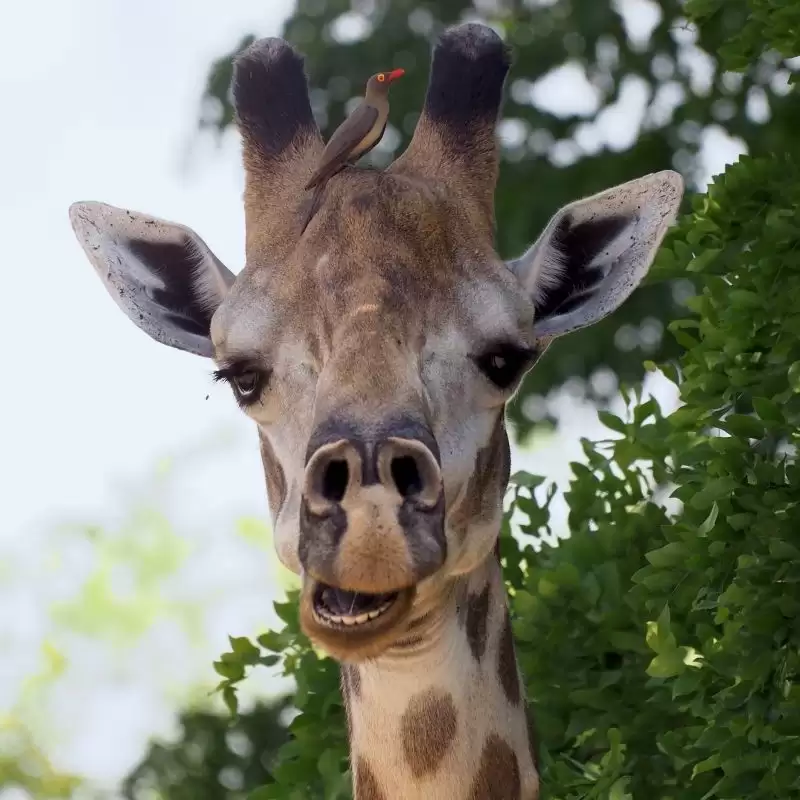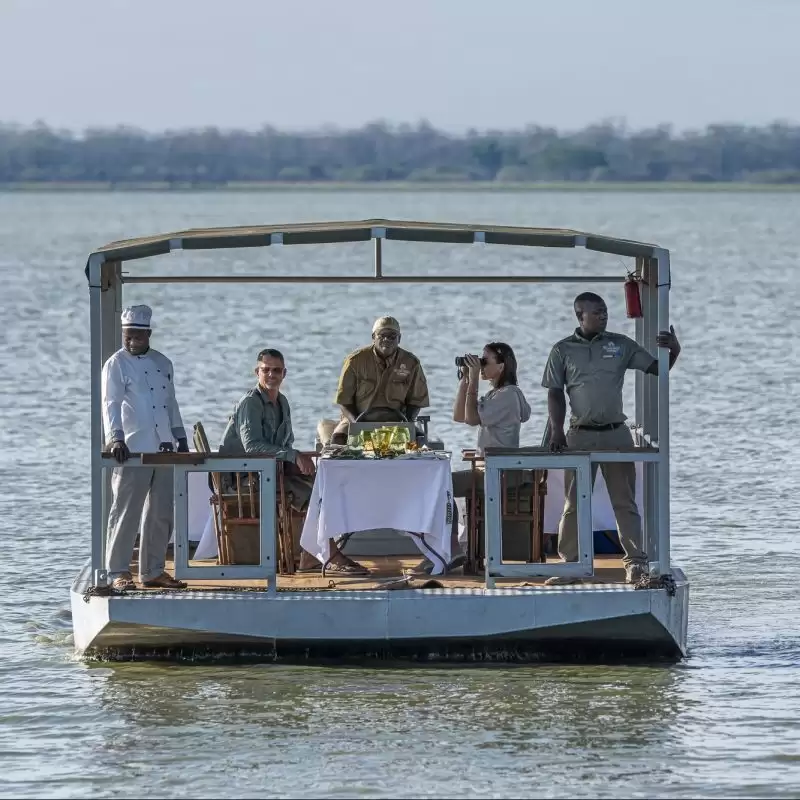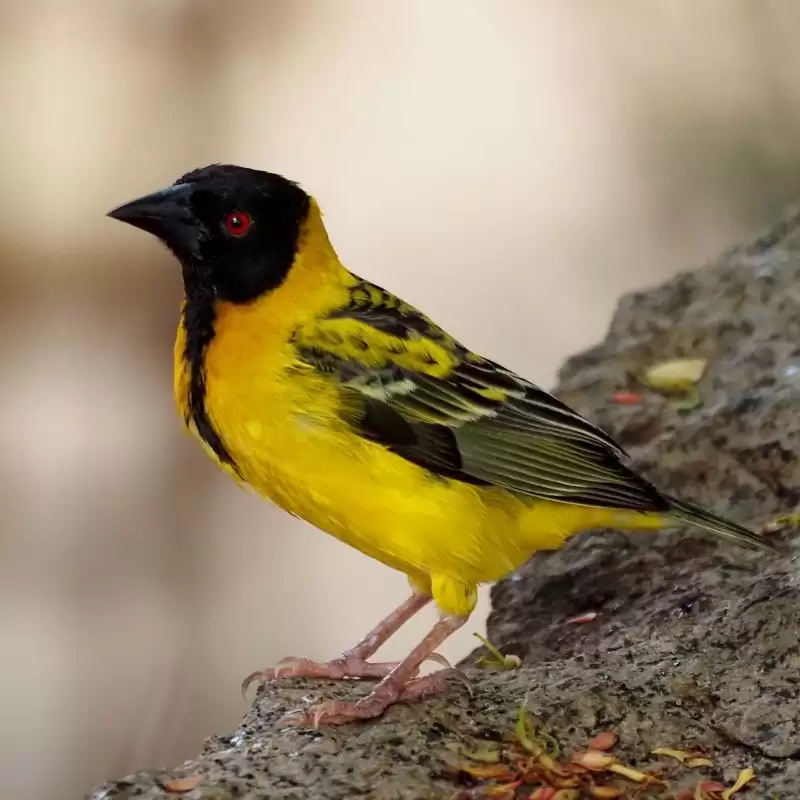All these airlines have a reliable service and credible safety record. Guests visiting Siwandu camp can fly directly to Mtemere airstrip.
Nyerere National Park can also be accessed by road from either Dar es Salaam or Arusha. The road distance varies from 184 km to 230 km depending on which gate or entry point of Nyerere National Park you want to access. In terms of journey time, typically you want to allow for 6 hours for most Park entry gates such as Mtemere and Matembwe, and up to 6 to 6.5 hours for gates on the northern side of Selous Game Reserve. Road conditions are poor in places with the last 75 km to the park being on a bumpy gravel road.
For those who are feeling adventurous with an interest in experiential travel, there is no better way, in our view, to get to the park than by the TAZARA train from Dar. This is the Tanzania to Zambia train that departs from Dar twice-weekly on a Tuesday and Friday with a journey time of approximately 4.5 hours. The train is remarkably punctual but on some days the delay can be for hours with it occasionally not running at all.
























